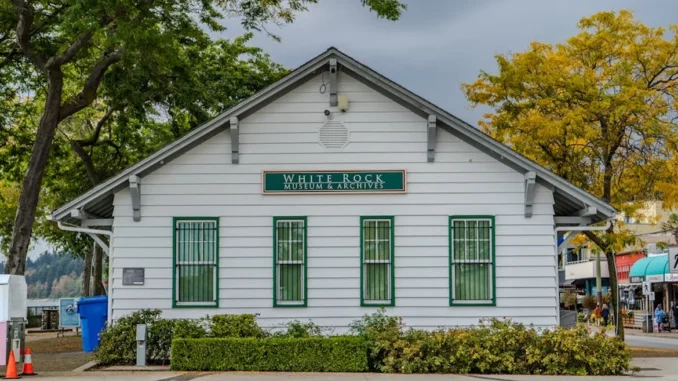
The architectural landscape of the United Kingdom is a rich mosaic, intricately woven with the threads of its long history. This nation boasts the oldest building stock in Europe, with a staggering 5.9 million structures over a century old. Among these, approximately 350,000 are listed homes, and around 600,000 are commercial properties that predate 1919. Such buildings are not merely relics of the past but are vital storytellers of eras gone by. However, their historical charm is tempered by their notoriety for energy inefficiency and draughtiness, presenting a significant challenge in today’s eco-conscious climate. The task at hand is a delicate balancing act: preserving the historical integrity of these structures while enhancing their energy efficiency to meet modern standards.
Successful low-energy building design hinges on careful planning. Focus360 Energy can help.
Despite their inefficiencies, many older buildings were ingeniously designed with a deep understanding of their natural environment. When appropriately maintained, they can achieve commendable energy performance by utilising natural ventilation and passive heating and cooling techniques—methods often overlooked in contemporary architectural design. The key to improving their energy efficiency lies in a keen understanding of each building’s unique performance characteristics. This requires a tailored approach, identifying specific opportunities for improvement that align with the building’s original design and function.
The complexity of retrofitting historic buildings presents a significant challenge due to the absence of universal solutions. Each structure is a singular entity shaped by its geographical location, architectural design, construction materials, and usage patterns. Standard retrofit measures applied to modern buildings may not be suitable for historic ones, as they might compromise the building’s structural integrity or result in higher energy and carbon costs over time. A holistic approach to retrofitting is essential, one that carefully considers the building’s construction, condition, historical significance, and the needs of its occupants. Small-scale, reversible interventions are often preferred over major modifications, ensuring that any changes can be reversed if necessary, thus preserving the building’s historical integrity.
Energy Performance Certificate (EPC) regulations introduced in April 2020 mandate that all rented properties achieve a minimum energy efficiency rating of E. However, historic buildings can qualify for exemptions under certain conditions, such as the absence of feasible improvements, a cost cap of £3,500 for upgrades, or if improvements would reduce the property’s value by more than 5%. These exemptions recognise the unique challenges associated with retrofitting historic structures and provide a framework for balancing energy efficiency with conservation. This regulatory flexibility is crucial in ensuring that historic buildings can be preserved without imposing undue financial or structural strain.
Key architectural features, such as windows and doors, often form an integral part of a building’s original design and character. Replacing them can significantly detract from the structure’s historical value and aesthetic appeal. Thus, conservation, repair, and maintenance are generally more sustainable options than replacement. Employing local craftspeople skilled in traditional techniques not only helps preserve the building’s character but also supports the local economy. Such an approach ensures that these venerable structures retain their historical authenticity while becoming more energy-efficient.
Navigating the intricacies of planning consent and funding is another critical aspect of retrofitting historic buildings. Alterations to listed properties require planning consent from local authorities, and unauthorized work can lead to legal ramifications. Engaging with local conservation officers early in the planning process can facilitate smoother approvals and ensure that proposals align with heritage preservation goals. Additionally, several energy advice organisations, such as the Energy Saving Trust in England and Home Energy Scotland, provide valuable information on grants and loans for energy efficiency improvements. These resources can ease the financial burden of retrofitting, making it more feasible for owners to undertake necessary upgrades while preserving the building’s historical significance.
Thus, the challenge of reconciling conservation with energy efficiency in historic buildings demands a nuanced, informed approach. By respecting the past and embracing the future, these structures can continue to stand as enduring testaments to our shared history. Understanding the unique challenges and opportunities they present ensures that they remain not only as historical landmarks but also as contributors to a sustainable future. In this way, the United Kingdom’s rich architectural heritage can be preserved and enhanced for generations to come.


Be the first to comment